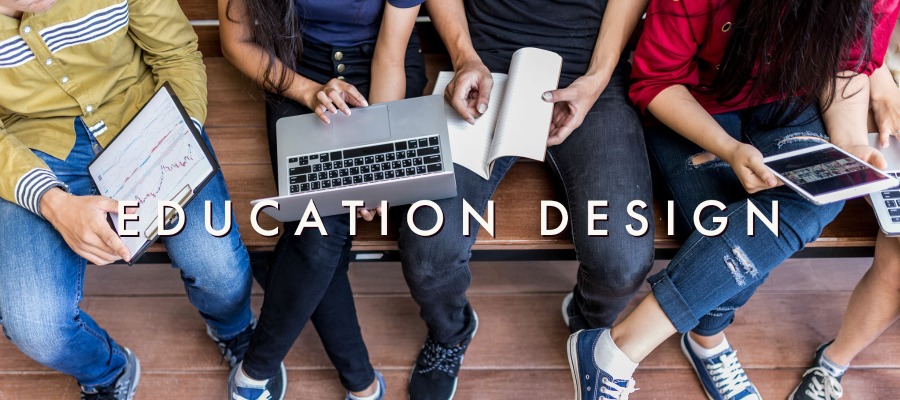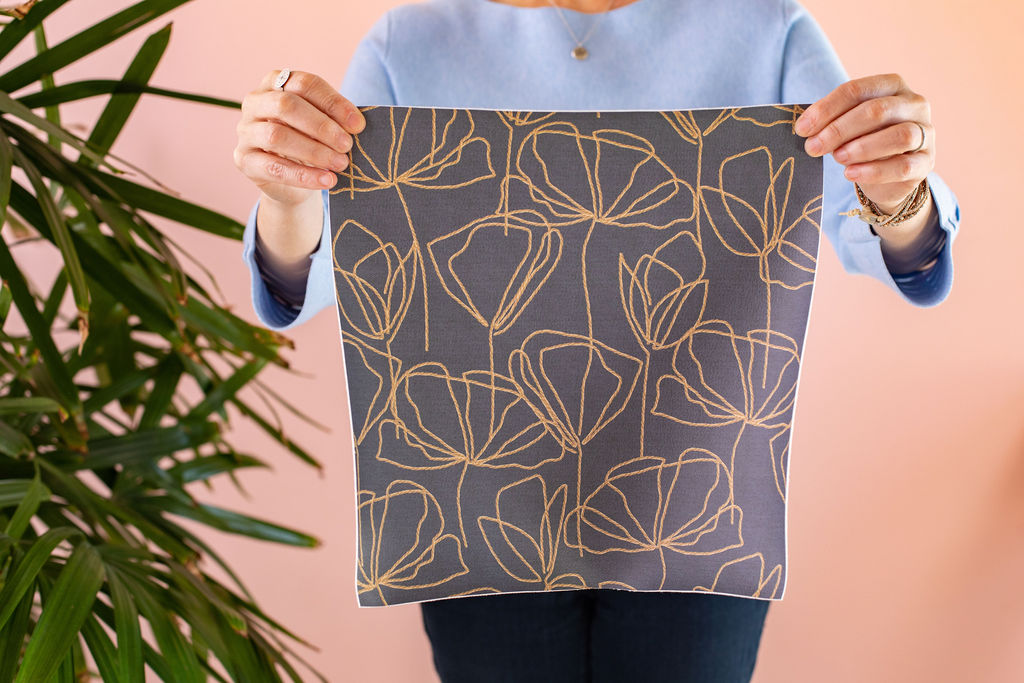
Trends in Interior Design in Higher Education
Education is constantly evolving. That goes for the spaces people learn in as well as how and what they learn. The COVID pandemic had a profound impact on education. As people head back to the classroom, they see it also impacted how educational spaces function. These changes are leading to new trends for interior design in higher education.
5 Trends Impacting Interior Design in Higher Education
Safety
As is the case with trends in hospitality, safety is a driving force in interior design in higher education. Students simply do not learn well when they feel unsafe in their environment. And after a period of at-home and hybrid learning, many students feel apprehensive on a bustling campus. To make students and faculty feel safe, institutions are updating ventilation systems and using clear wayfinding to move people through a space. Additionally, interior designers are specifying materials that withstand rigorous cleaning protocols, such as Enviroleather by LDI Interiors.

Interior designers are also designing spaces to adapt quickly if they need to accommodate social distancing. For example, they are looking at all areas on campus, such as cafeterias, gymnasiums, or even hallways, as possible learning spaces.
Wellness
Safety is one consideration, but so is the broader idea of wellness. With burnout still rising among faculty and students alike, institutions are placing a high importance on mental health. Interior designers are responding by designing campuses that accommodate social services, social workers, and counselors. In addition, they want to create environments that have places for students to find relief. For instance, Demco Interiors points out that some campuses now have calming centers students can use or areas with easy access to the outdoors.
Nature
Biophilic design is another trend in all markets. As more people realize the positive health benefits of nature, more designers are incorporating nature and nature-inspired design elements in built environments. In education, nature can have a calming effect on students and deliver better academic outcomes. Interior designers accomplish this by incorporating clear views outside and easy access to head outdoors. Spaces without easy access may utilize natural elements such as living walls.
In addition, many schools are embracing outdoor learning opportunities. Sometimes these are permanent outdoor classrooms, and other times a temporary solution for a particular situation. In either case, these outdoor spaces need to function well and accommodate all necessary technology required.
Community
Higher education is responsible for creating spaces where everyone feels safe and respected. One way to do that is to foster a sense of community among the student body and faculty. Interior design can help to promote community by focusing on communal spaces.
Well-designed communal spaces encourage different types of people to mingle and interact beyond the classroom. They also help promote collaboration. To help spaces function well, designers are specifying lightweight, moveable furniture that people can quickly rearrange to suit the situation. These spaces also support the technological needs of the people using them with items such as power outlets and WiFi.
Adaptability
Many industries had to adapt quickly to constantly changing situations during the pandemic. Education was no exception. As people resume on-site learning, they know they may be thrown another surprise at some point in the future. As a result, designers think about adaptability at the beginning of the design process. Adaptability isn’t all about social distancing, though. Teachers also want the flexibility to adapt their classrooms to the class, subject, lesson, or project. They’ve seen the ability to personalize a classroom can have a positive impact on the material and student outcomes.
The goal of all interior design for higher education is to make a space that ultimately helps students succeed. These trends are all working together to make sure that happens.
Share this post
Author
DESIGN/COLOR TRENDS AND AWESOME INFORMATION IN YOUR INBOX
Sign up for our monthly trend letter




